BLOG
Asian Tour's blog aims to showcase the exotic natural and cultural beauty of Myanmar. We hope our articles give you feelings of wanderlust and the desire to explore Myanmar as your next dream holiday destination.
Newsletter October 2023
October 2023 Newsletter: Greetings to our friends across the world and sharing some latest Myanmar Travel Related News.
Responsible Beauty by THANAKA
From the wood of a small tree in Myanmar, Thanaka has been used for over 2000 years by Myanmar people to protect and beautify the skin.
Thanaka paste is used as an astringent, antiseptic, antifungal, anti-aging, cosmetic and sun protective product. It is all natural products and has no side effect and is completely painless in application.
Thanaka is the most ecological solution due to it’s regenerative nature and can be grown locally through sustainable farming techniques.
It is here where Thanaka begins to work it’s magic.
MYANMAR COFFEE HISTORY
For most of us, being able to make a delicious coffee at home is a requirement. Going out to cafes or coffee shops are typically something we do when we have to.
Coffee was first introduced to Myanmar (formerly Burma) in 1885 by British colonists, when missionaries established some small farms up around the city of Pyin Oo Lwin.
MYANMAR | COLOURFUL TRIBES
Myanmar (also known as Burma) is a largest Country by geographical area in mainland Southeast Asia, is a melting pot of different cultures and traditions. Myanmar has a population of around 51 million people, with over 135 distinct tribes and ethnic groups officially in Myanmar, they have their own history, culture, traditions, costumes and preserved ethnic language. These are grouped into eight "Major national Ethnic Races":



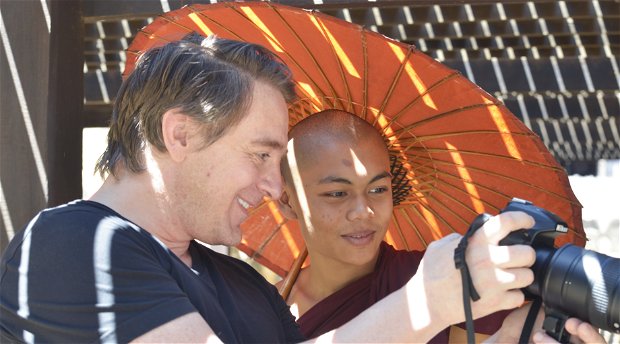
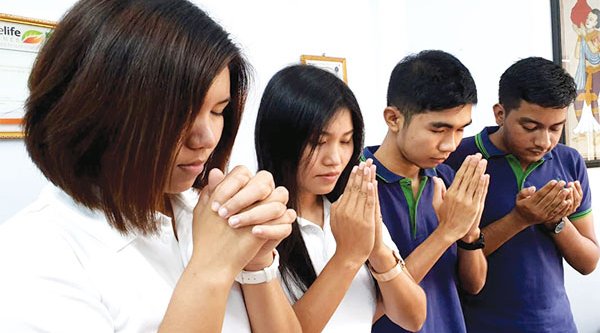
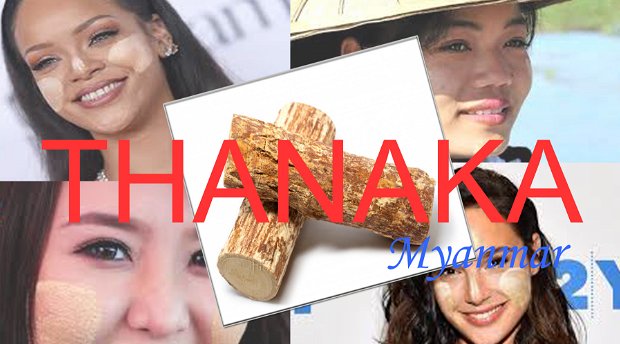
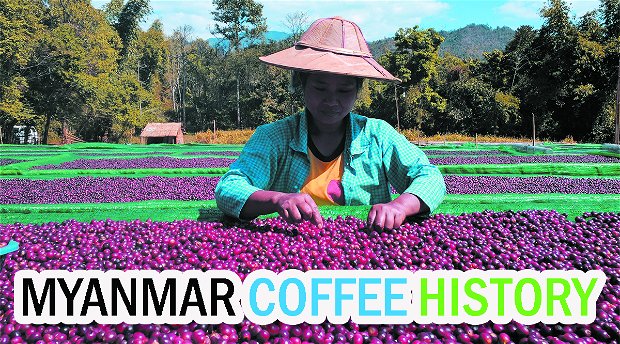
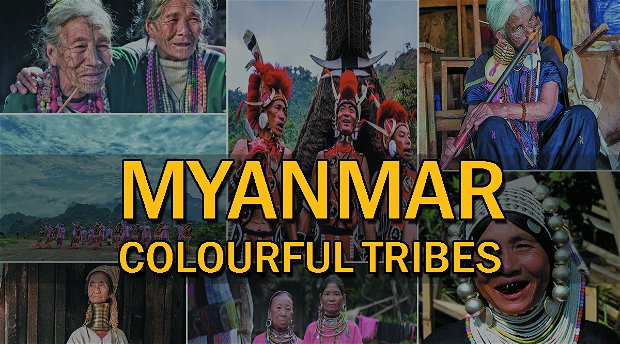



Share This Page